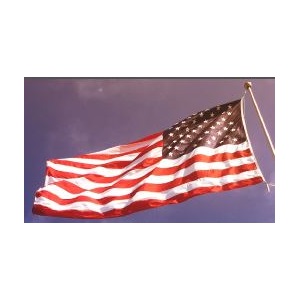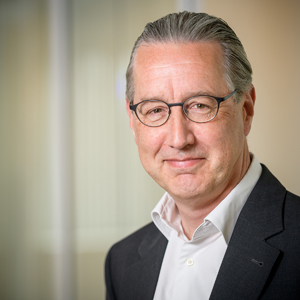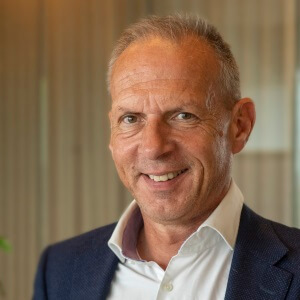
In the USA, one of the requirements against which the conclusions of a patent application can be tested is whether it contains a matter that is eligible for patenting.Abstract ideas (such as mathematical algorithms), natural laws and natural phenomena cannot be patented. Several years ago, the United States Patent and Trademark Office (USPTO) developed a test for researchers (examiners to test the qualification for a patent) based on case law from the Supreme Court and the Federal Courts of the United States. New guidelines were recently issued for this test that may provide further explanation. Patent attorney, Marijke Westra, has studied the options.
What was the thinking behind this case law in the United States in the past?
It was thought that these subjects, abstract ideas and natural laws and phenomena lie behind a lot of scientific and technological research. Patents for these types of inventions would inhibit rather than promote innovation. Marijke Westra: “This thinking was more prevalent in the USA than in Europe and led to the rejection of many applications, for instance, when applications involve diagnostic methods and computer-related discoveries.”
What is the significance of these guidelines and what do the new guidelines contain?
With the new guidelines published on 7 January 2019, the USPTO wants to remove uncertainty among inventors thereby creating a certain degree of predictability and consistency when it comes to granting patents. To achieve this, amendments have been made to the text with questions that examiners go through during patent applications. In the old text, the first question was ‘is the claim aimed at one of the aforementioned exceptions?’ If it was, it would be rejected, unless the claim contained further non-conventional elements. This question has been extended in the new guidelines with the question about whether the invention has been integrated in a practical application. If so, then the invention is eligible for patenting.
Does this provide new opportunities?
It is expected there will be a reduction in the number of rejections under this ground, but it is still uncertain how great this effect will be. Marijke Westra: “There is still a lot of ambiguity. For instance, the guidelines do not define a practical application. Furthermore, it is also expected that examiners will interpret a practical application in a limited way. In any case, this issue will give rise to discussion. On a side note, the guidelines are binding for examiners from the USPTO, but not for the judge if the validity of a granted patent is later challenged.”
How could this work soon? Do you have an example of something that will be permitted in the future by the examiners?
Westra: “An example of practical applications shown in the new guidelines that are patentable is medical treatments and prevention methods. Another example is an element that reflects an improvement in the functioning of a computer.”
What is your view on this?
“The idea that little more is possible in the USA does not make sense… there may be further additions to these guidelines. Naturally, we will be pleased to discuss this with clients, and the guidelines will enable us to better determine whether the invention or a part of it can be patented in the USA. This will then be closely related to the way in which you make claims and descriptions.”

